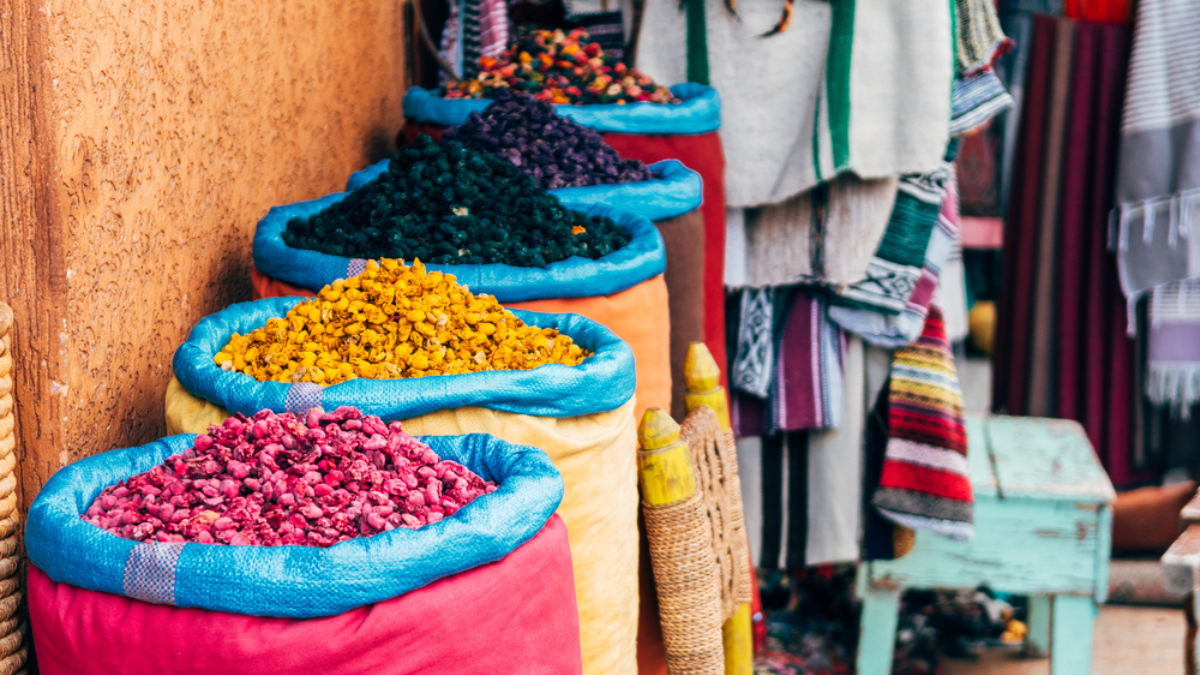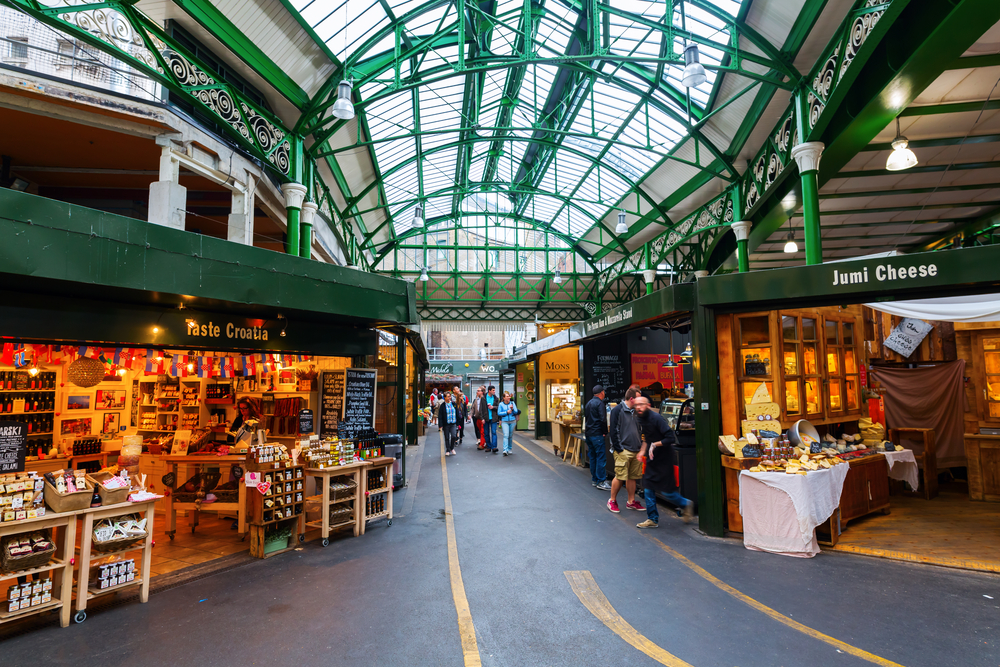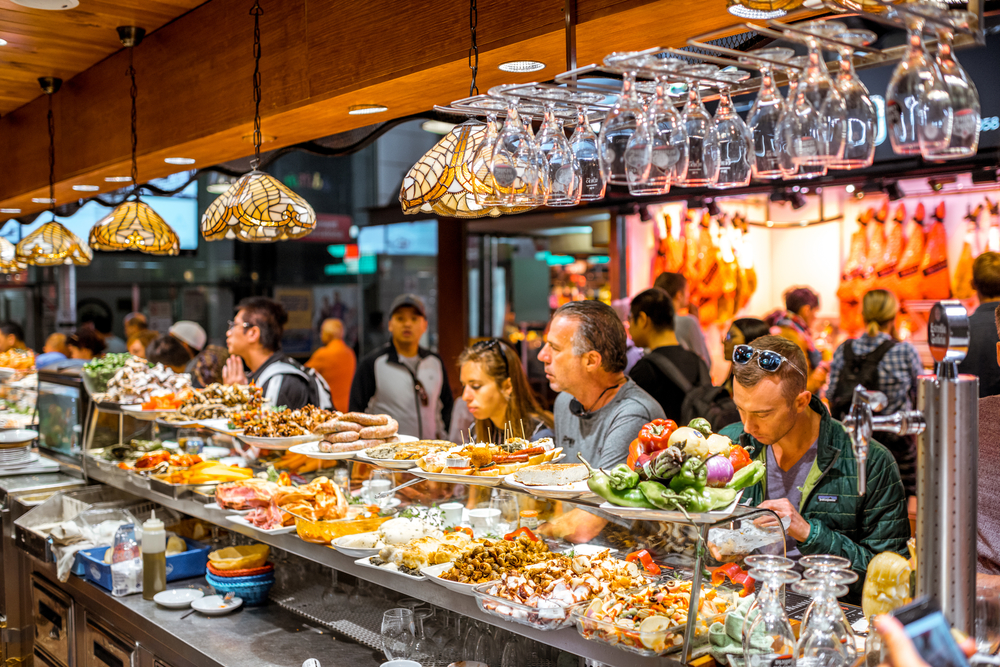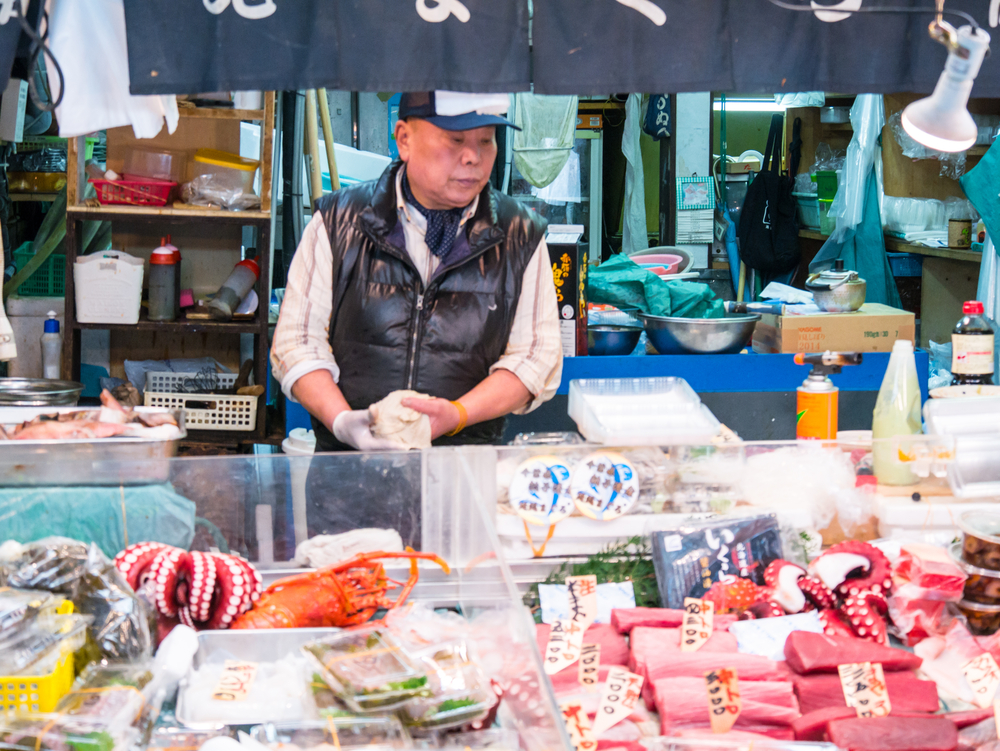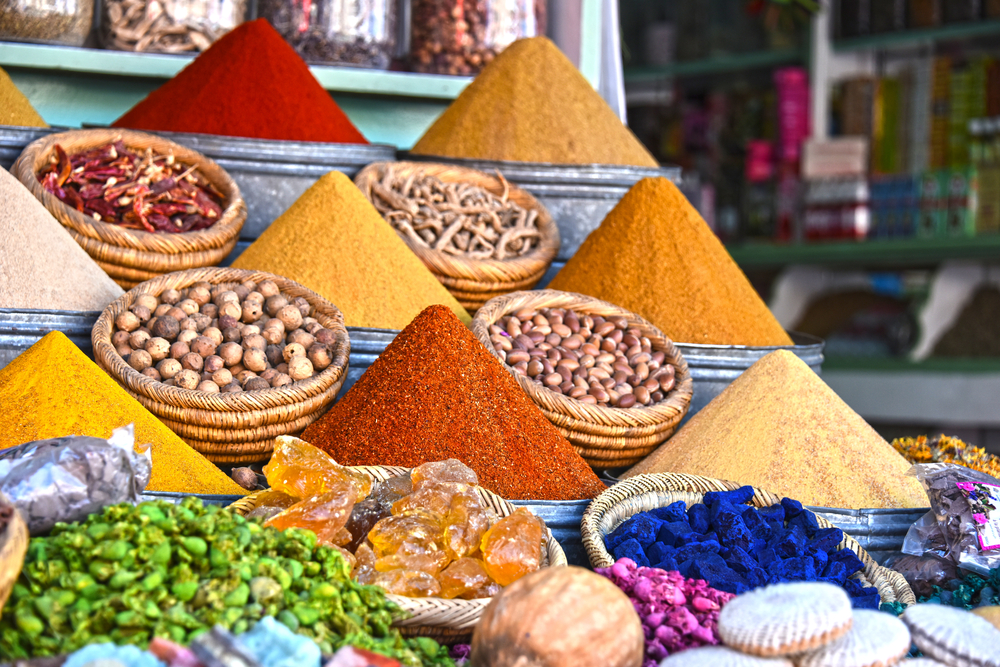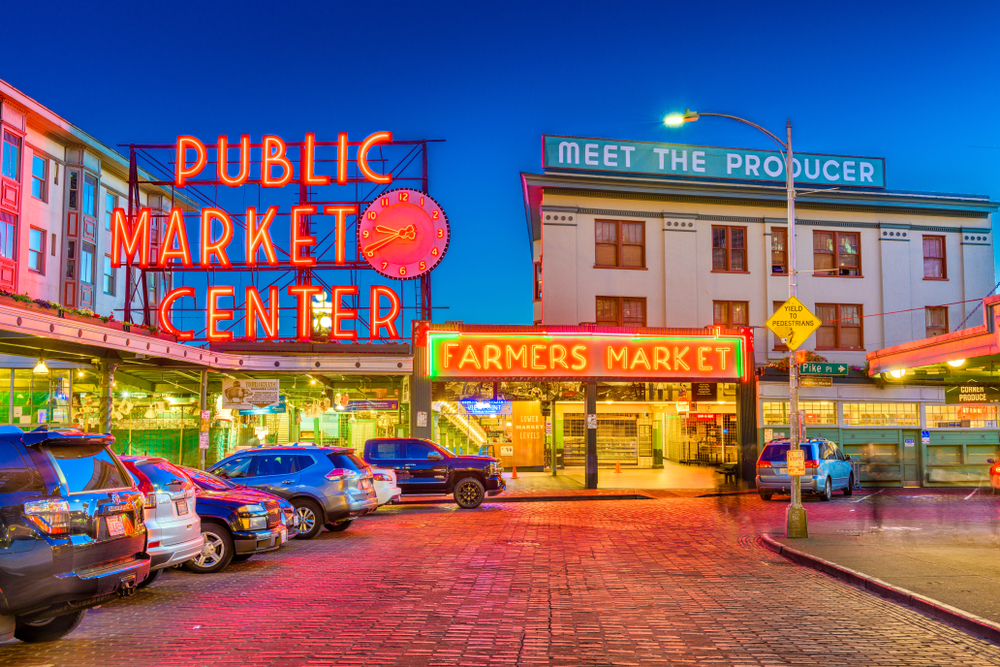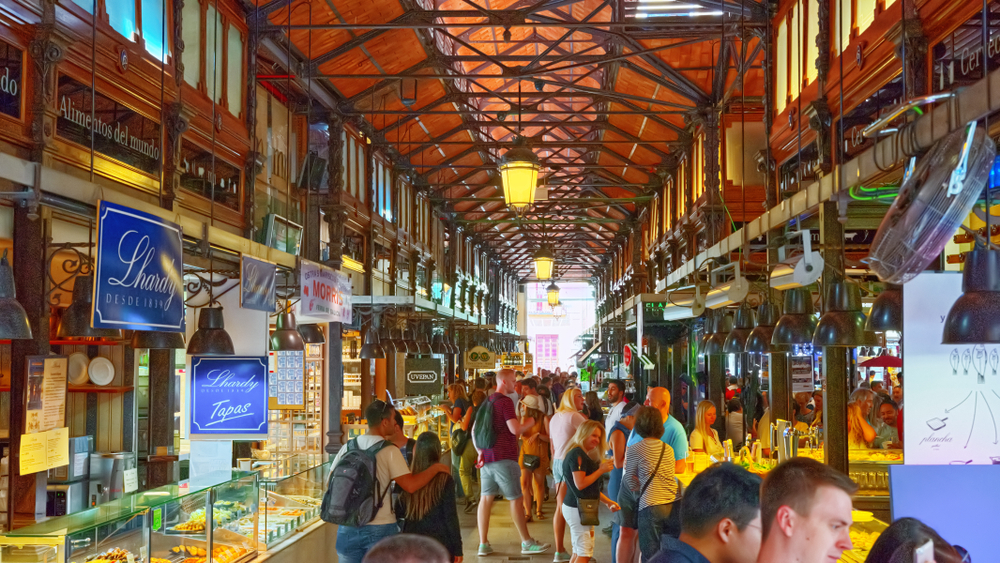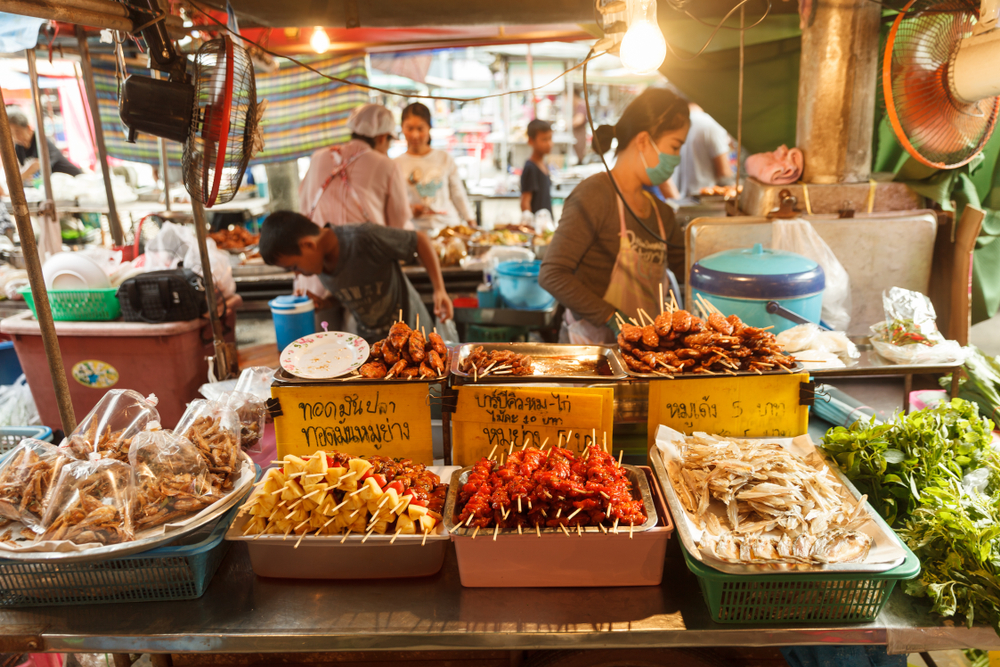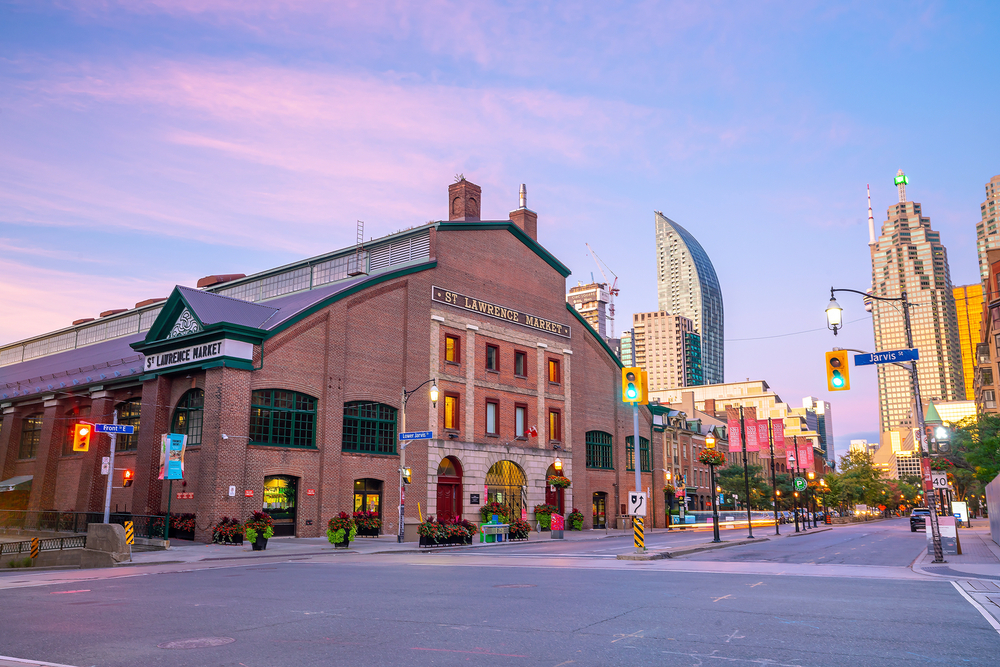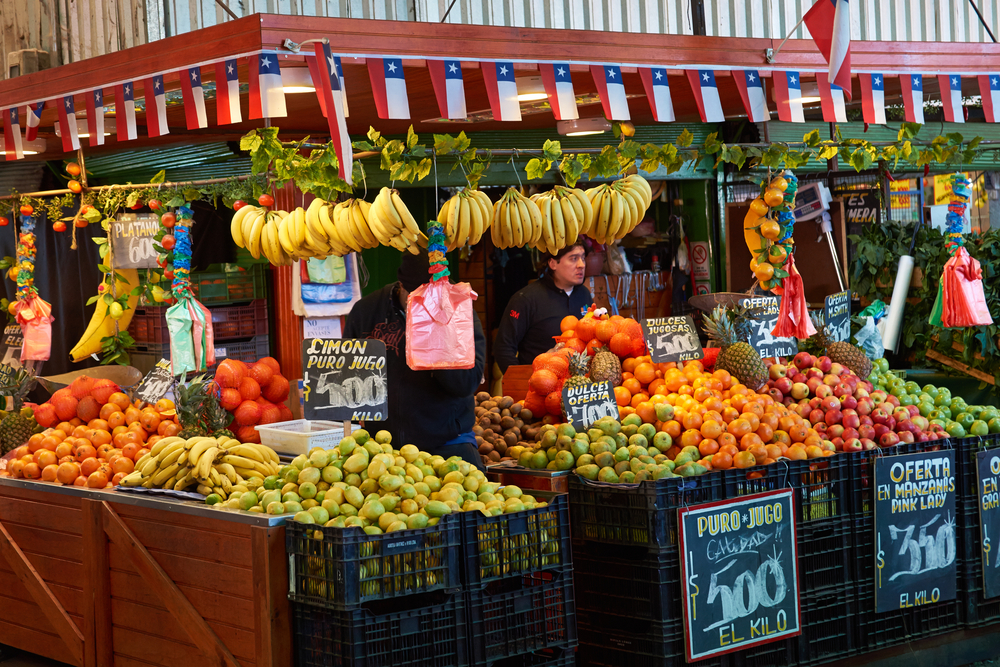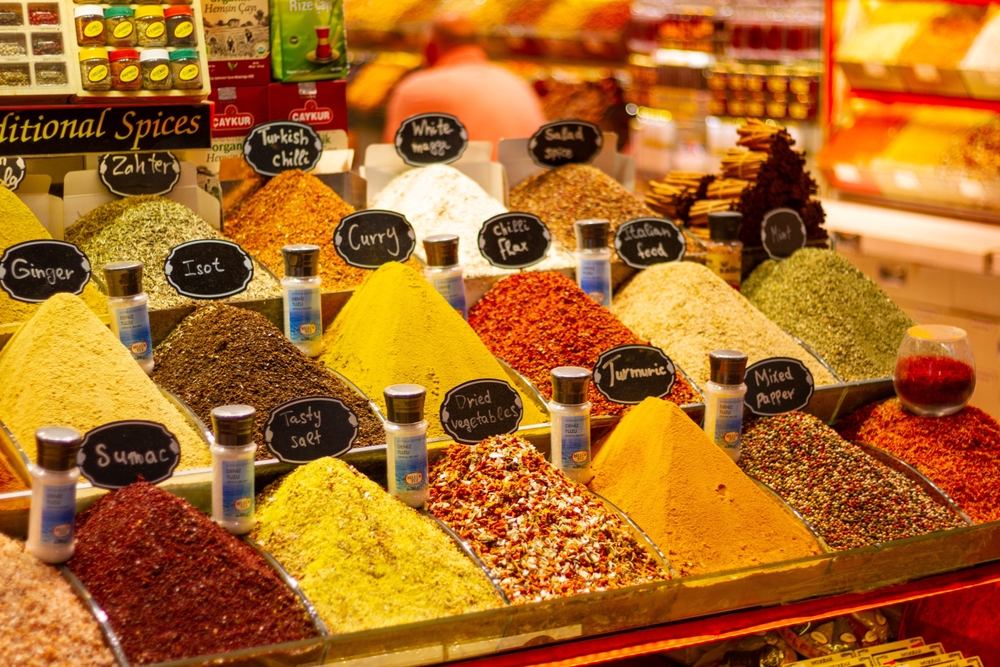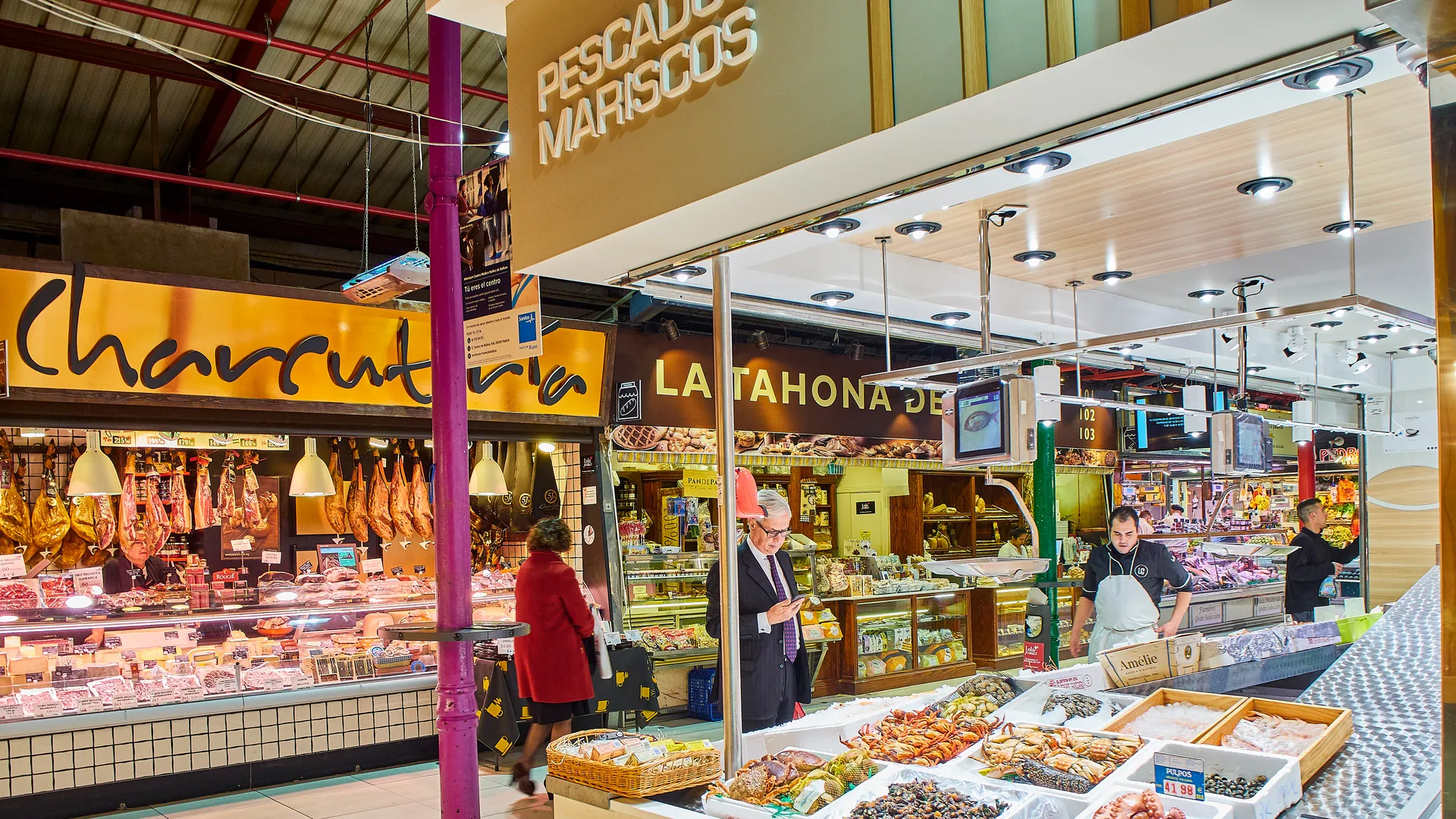Food markets are the beating hearts of cities worldwide, offering visitors a true taste of local culture and cuisine. From vibrant Asian night markets to historic European food halls, these culinary wonderlands showcase the freshest ingredients and most authentic regional dishes. Join me on a mouthwatering journey through eleven unforgettable food markets that will leave you hungry for adventure.
1. Borough Market, London
Nestled beneath railway arches near London Bridge, Borough Market has been feeding hungry Londoners for over 1,000 years. The air buzzes with the chatter of vendors proudly describing their artisanal cheeses, freshly baked bread, and exotic spices.
Wander through narrow pathways lined with stalls selling everything from truffle-infused olive oils to handcrafted chocolates. The market’s famous toasted cheese sandwiches draw long queues regardless of the weather.
Borough truly comes alive on weekends when food enthusiasts crowd around demonstration kitchens, watching renowned chefs work their magic. Many of London’s top restaurants source their ingredients here, making it both a tourist attraction and a working market.
2. La Boqueria, Barcelona
Step off Barcelona’s famous Las Ramblas and enter a sensory wonderland at La Boqueria. Dating back to 1217, this Catalan treasure dazzles with its rainbow displays of fresh fruits, hanging jamón, and seafood still glistening from the Mediterranean.
Morning is the perfect time to visit, when local chefs handpick ingredients for their restaurants. The market’s small tapas bars serve up sizzling gambas al ajillo (garlic shrimp) and refreshing glasses of cava to hungry shoppers.
La Boqueria’s iron framework and stained glass entrance hint at its importance in Barcelona’s history. Beyond the tourist-filled front stalls, venture deeper to find where locals shop for everyday ingredients at better prices.
3. Tsukiji Outer Market, Tokyo
Following the inner market’s relocation to Toyosu, Tokyo’s Tsukiji Outer Market remains a food lover’s paradise. Early risers are rewarded with the freshest sushi breakfasts imaginable, served at tiny counters where chefs prepare each piece with mesmerizing precision.
Narrow alleyways overflow with specialty shops selling razor-sharp Japanese knives, delicate teaware, and kitchen tools you never knew existed. Vendors offer free samples of everything from pickled vegetables to sweet tamago (Japanese omelet).
The market’s charm lies in its authenticity – many businesses have been family-run for generations. Watch master craftsmen transform simple ingredients into culinary art forms while elderly shoppers carefully select seasonal vegetables with practiced eyes.
4. Marrakech Medina Food Souks, Morocco
The ancient food souks of Marrakech’s medina assault your senses in the most magical way possible. Mountains of colorful spices form perfect cones while vendors call out to passersby, offering tastes of dates, nuts, and olives from their overflowing baskets.
As evening approaches, Jemaa el-Fnaa square transforms into an open-air dining spectacle. Smoke rises from dozens of food stalls as cooks prepare fragrant tagines, grilled meats, and steaming bowls of harira soup.
The market experience extends beyond food – watch fresh mint tea being poured from great heights or bargain for handcrafted spice grinders. Unlike sanitized Western markets, Marrakech’s souks remain wonderfully chaotic, unchanged for centuries except for the occasional smartphone-wielding shopper.
5. Pike Place Market, Seattle
Famous for flying fish and the original Starbucks, Pike Place Market has been Seattle’s culinary soul since 1907. The market’s fishmongers create an impromptu show by tossing fresh salmon through the air while cracking jokes with delighted onlookers.
Beyond seafood, discover local treasures like Washington apples piled high, artisanal cheeses from nearby farms, and bouquets of fresh flowers at prices that will make city dwellers weep with envy. The market’s lower levels hold quirky shops selling everything from vintage posters to handmade jewelry.
Pike Place represents Seattle’s connection to both land and sea. Don’t miss the disgusting yet fascinating Gum Wall nearby or the chance to watch skilled craftspeople create everything from handmade pasta to chocolate-covered cherries right before your eyes.
6. Mercado de San Miguel, Madrid
Housed in an elegant iron and glass structure from 1916, Madrid’s Mercado de San Miguel elevates food shopping to an art form. This gastronomic temple offers perfectly curated tapas, where each bite-sized morsel showcases Spain’s culinary heritage.
Crystal chandeliers cast a warm glow over marble counters lined with pintxos – small slices of bread topped with everything from jamón ibérico to anchovy and olive combinations. The market hums with energy as friends meet over glasses of Rioja and plates of fresh oysters.
Unlike traditional markets focused on raw ingredients, San Miguel specializes in ready-to-eat delicacies. The central location near Plaza Mayor makes it perfect for an upscale lunch break between sightseeing adventures or a sophisticated evening tapas crawl through its various stalls.
7. Or Tor Kor Market, Bangkok
Bangkok’s Or Tor Kor Market proves that street food can be both authentic and pristine. Ranked among the world’s cleanest markets, its aisles display Thailand’s agricultural bounty – exotic dragon fruits, rambutans, and durians arranged in perfect geometric patterns.
The prepared food section offers a master class in Thai cuisine without tourist markups. Sample boat noodles, green curry, and mango sticky rice from vendors who have perfected single dishes over decades. Even the most adventurous eaters will discover something new here.
Located near the famous Chatuchak Weekend Market, Or Tor Kor serves as both a grocery store for locals and a culinary classroom for visitors. The market’s quality control is legendary – only the best producers earn spots here, making it the secret source for many of Bangkok’s top restaurants.
8. St. Lawrence Market, Toronto
Toronto’s historic St. Lawrence Market has been feeding the city since 1803, evolving from a simple farmers’ market into a Canadian culinary institution. Saturday mornings bring a special energy as locals line up for the famous peameal bacon sandwiches – thick slices of cornmeal-crusted Canadian bacon on fresh rolls.
The market’s two floors house over 120 vendors selling everything from wild-caught fish to artisanal mustards. Many families have shopped here for generations, creating relationships with vendors who remember their preferences and save special items for regular customers.
The market’s South building contains the Market Gallery, showcasing Toronto’s history through rotating exhibits. Unlike tourist-focused food halls, St. Lawrence maintains its authenticity by serving both everyday shoppers and food enthusiasts seeking specialty ingredients.
9. Mercado Central, Santiago
Housed in a striking turquoise cast-iron building from 1872, Santiago’s Mercado Central celebrates Chile’s incredible 2,600-mile coastline. The market’s central hall features seafood restaurants where waiters enthusiastically beckon customers to try their fresh catches prepared in traditional Chilean styles.
Morning visits reward early birds with the spectacle of fish vendors setting up displays of sea urchins, giant king crabs, and dozens of fish varieties. The market’s outer ring houses fruit stalls offering Chile’s agricultural bounty – from mountain-grown berries to desert pears.
Locals advise avoiding the touristy central restaurants and instead heading to the market’s edges, where prices drop and authenticity rises. Don’t miss trying sopaipillas (fried pumpkin bread) from vendors near the entrances or Chile’s famous pisco sour cocktails at the market’s tiny bars.
10. Spice Bazaar, Istanbul
Istanbul’s historic Spice Bazaar (Mısır Çarşısı) has been the center of the spice trade since the 1660s, when it was built as part of the New Mosque complex. The L-shaped market’s vaulted ceilings create perfect acoustics for vendors calling out to customers, offering tastes of Turkish delight, dried fruits, and nuts.
Mounds of vibrant spices create a kaleidoscope of colors – bright yellow turmeric, ruby red sumac, and dozens of pepper varieties. Beyond spices, find honey combs dripping with golden sweetness, blocks of traditional olive oil soaps, and ceramic evil eye talismans.
The bazaar serves as a living museum of Istanbul’s position at the crossroads of civilizations. Many shops have been family-operated for generations, with recipes and techniques passed down through centuries of Ottoman and Turkish history.
11. Mercado de La Paz, Madrid
Hidden in Madrid’s upscale Salamanca district, Mercado de La Paz offers an authentic neighborhood market experience away from tourist crowds. Dating from 1882, this iron-framed market serves as the daily shopping destination for Madrid’s well-heeled residents who appreciate quality above all.
Unlike flashier markets, La Paz focuses on exceptional ingredients rather than ready-made meals. Butchers display acorn-fed Iberian pork, fishmongers arrange glistening seafood delivered that morning, and fruit vendors meticulously stack seasonal produce from Spanish farms.
The market’s charm lies in its everyday utility combined with extraordinary quality. Stop at the market’s Cervecería La Paz for a caña (small beer) and simple tapas while watching local grandmothers inspect vegetables with expert eyes and chefs from nearby restaurants selecting the day’s finest ingredients.
